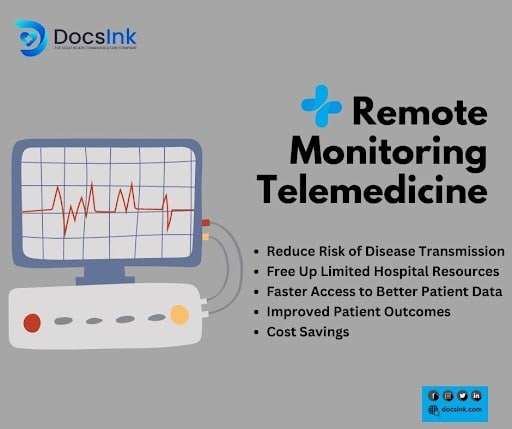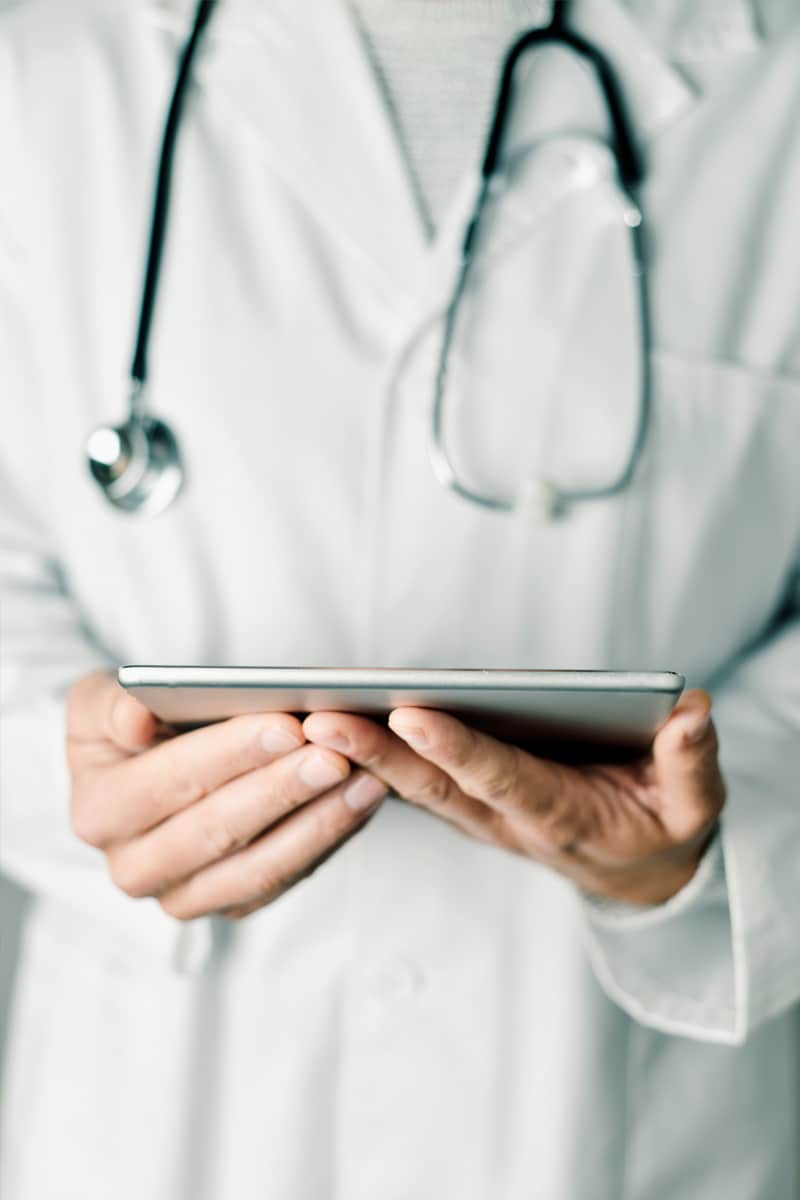
Remote Monitoring Telemedicine – Healthcare Delivery Option
The emergence of telemedicine due to the COVID-19 pandemic has brought about a significant change in the way healthcare is delivered. As more and more healthcare providers have turned to telemedicine to provide care to their patients, the use of remote monitoring telemedicine has become increasingly common.
About Remote Monitoring Telemedicine
Remote monitoring telemedicine is a subset of telemedicine that focuses on the use of remote monitoring technology to monitor patients’ health conditions. With remote monitoring telemedicine, healthcare providers can use a variety of remote monitoring devices. Such as blood pressure cuffs, glucose monitors, and other devices, to track patients’ vital signs and receive alerts if there are any concerning changes. This allows healthcare providers to intervene and provide care more quickly, which can help prevent complications and improve patient outcomes.
The use of telemedicine and remote monitoring telemedicine has increased significantly during the COVID-19 pandemic, as healthcare providers have had to find new ways to provide care to their patients while maintaining social distancing measures. In many cases, telemedicine has been the only way for patients to receive care from their healthcare provider. It has allowed many patients to continue receiving care even during the height of the pandemic.
The benefits of telemedicine and remote monitoring telemedicine are numerous, and they extend to patients, healthcare providers, and payers. For patients, telemedicine allows them to receive care from the comfort of their own home, which can be especially beneficial for patients with mobility issues or who live in rural areas. It also allows patients to communicate more easily with their healthcare provider. This can help build a stronger relationship and lead to better health outcomes.
For healthcare providers, telemedicine allows them to expand their reach and provide care to more patients. It also enables providers to monitor their patients’ conditions more closely, which can help prevent complications and improve patient outcomes.
Benefits of Remote Monitoring Telemedicine
Telemedicine can help reduce provider burnout by allowing healthcare providers to deliver care to their patients more efficiently. With telemedicine, providers can use remote monitoring technology to track patients’ vital signs and receive alerts if there are any concerning changes. This allows providers to intervene and provide care more quickly, which can help prevent complications and improve patient outcomes. This can reduce the amount of time that providers spend on each patient, which can help prevent burnout.
In addition, telemedicine can reduce provider burnout by allowing providers to communicate with their patients more easily. With telemedicine, providers can conduct video visits with their patients, which can help build stronger relationships and improve communication. This can help reduce the amount of time that providers spend on administrative tasks, such as scheduling and rescheduling appointments, and allow them to focus on providing care to their patients.
For payers, telemedicine can save money by reducing the need for hospital visits and other costly interventions. It can also improve patient outcomes, which can lead to lower overall healthcare costs.
There are many telemedicine platforms available, and choosing the right one can be difficult. When deciding between the various options, there are a few things to consider. ‘
First:
It is important to choose a platform that is easy to use and intuitive. This will make it easier for both patients and healthcare providers to use the platform and get the most out of it.
Second:
Another important factor to consider is the security of the platform. Since telemedicine involves the sharing of sensitive health information, it is crucial to choose a platform that is secure and compliant with privacy regulations.
Third:
Finally, one of the most important factors to consider when choosing a telemedicine platform is the wide range of features and services it offers. A good platform should have a variety of features and services that can help healthcare providers deliver high-quality care to their patients.
Features of Telemedicine Platform
One of the key features of a telemedicine platform is the ability to conduct video visits with patients. With video visits, healthcare providers can communicate with their patients using video conferencing technology. This allows providers to see their patients in real-time, which can help them diagnose and treat patients more effectively.
Another important feature of a telemedicine platform is the ability to track and monitor patients’ vital signs. With remote monitoring technology, healthcare providers can track a range of vital signs. Such as heart rate, blood pressure, and blood sugar levels, and receive alerts if there are any concerning changes. This allows providers to intervene and provide care more quickly, which can help prevent complications and improve patient outcomes.
In addition to these core features, a good telemedicine platform should also offer a range of services. These can help healthcare providers deliver high-quality care to their patients. For example, some platforms offer appointment scheduling services. It can make it easier for patients to schedule appointments with their healthcare provider.
Another service that many telemedicine platforms offer is the ability to integrate with electronic health records (EHR) systems. This allows healthcare providers to access and share their patients’ health information more easily. This can help improve the quality of care delivered.
Some platforms also offer additional services, such as patient education and support services. It can help patients manage their health conditions more effectively. These services can include resources such as educational materials, support groups, and other tools that can help patients better understand and manage their health conditions.
Some of the best telemedicine platforms currently available include Teladoc, MDLive, and DocsInk. These platforms offer a range of features and services, and they are easy to use and secure.
Conclusion
Overall, the emergence of telemedicine due to the COVID-19 pandemic has brought about significant changes in the way healthcare is delivered. As more and more healthcare providers adopt remote monitoring into their practice, telemedicine platforms will continue to be used to deliver a wide range of healthcare services.








Recent Comments